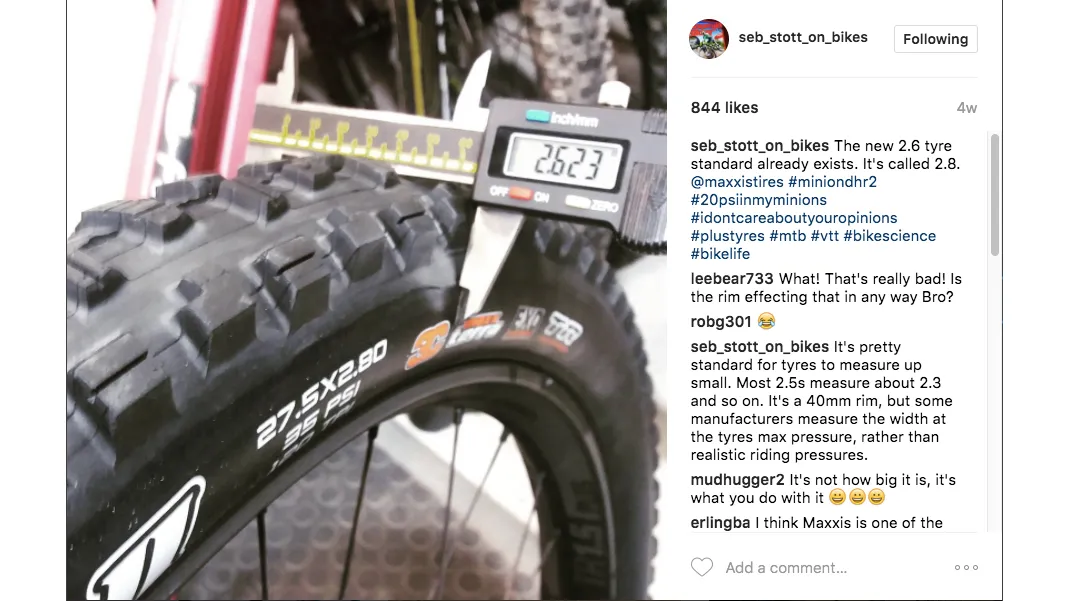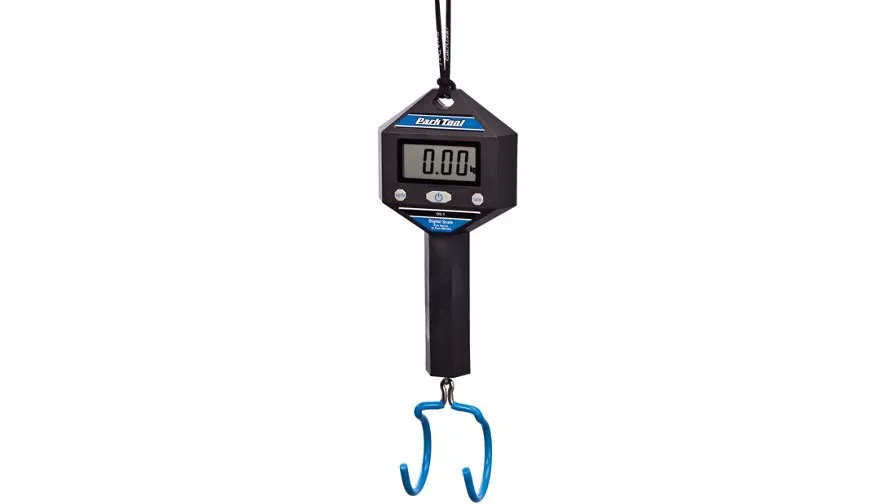To the more jaded of us in the cycling industry, a manufacturer's spec sheet can read something like a pre-election manifesto; every detail must be taken with a fistful of salt and we assume that every ‘measurement’ is an empty promise that will only prove to be wildly different from what is actually delivered.
- What ‘standard’ really, really grinds your 8/9/10/11spd gears
- Quiz: Can you correctly guess the weights of these bikes?
This is not a new phenomenon. Manufacturers in the cycling industry have long continued the tradition of making wildly — or on the other hand, frustratingly just very slightly — inaccurate claims about the weight and sizes of their components or bikes.
It’s not totally clear whether this is a symptom of laziness, optimistic marketing or the general adoption of alternative facts, but I can tell you that it certainly riles me no end.
While claimed bike weights are the obvious example — and I will come to this — tyre manufacturers are also among the biggest culprits of this most unimportant of crimes.

The situation has undoubtedly improved in recent years, but it’s still not uncommon for a suspiciously light tyre to be sold as a Xmm wide model and for it to be discovered that it measures up considerably smaller when mounted up in real life conditions.
Sure, there are a lot of variables involved with tyres — pressure, rim width, altitude, temperature and age to name a few — so results may vary. But why do manufacturers not specify exactly how they came to their results in that case?
In an era that places so much value on transparency, why not take the time to specify exactly how you came to these results so that consumers are better able to make buying decisions?
Rims are next on my hit list
As the industry as a whole becomes more aware of how rim width can affect tyre profile and ride quality, the word ‘width’ is increasingly batted about.
To simply state the ‘width’ of a rim is almost irrelevant — internal width is the measurement that really matters and the number of brands that don’t clearly state exactly what they’re measuring is staggering.
Better still are those that just get their measurements totally wrong.
A recent review of some new wheels from Boyd Cycling revealed that the claimed width of their rims was around a millimetre less than reality.

What does a millimetre matter? In the grand scheme of things, very, very, very little. Regardless, I still don’t understand why a brand would make such a claim — you can hardly say that your ruler wasn’t calibrated and this error was inevitably going to be picked up by any prudent tester. It's not hard to get this stuff right!
But of course, the biggest offenders are bike brands.
Why weight information is still not provided next to every size in a geometry chart baffles me. Why should I care what a 50cm bike weighs when I want a 58cm? What does half a day’s work of unboxing and weighing every bike in its range cost a massive brand?
Some people really care about this stuff and brands only do themselves a disservice by not supplying this information.
The fact I have to write ‘actual’ next to a weight or measurement in an article or review is also frankly ridiculous.

Given that investing in a £45 scale from Park Tool, which claims to be accurate to within .02kg, is not something a company that charges several thousand pounds for a bike should struggle to do, the void between fact and reality when it comes to the claimed weight of bikes is pretty much inexcusable.
While we’ll always call brands out when they’re a little ‘optimistic’ with weights and sizes, the fact it even happens at all is bizarre because nobody benefits — consumers get annoyed, manufacturers look dishonest and I have to write a column dishing out the dirt.
Of course, some will call me out for just being a pedant and a weight weenie, but I became a cycling journalist precisely because I am a pedant and a weight weenie.
Presentation
My last gripe is with how brands choose to display all of this information, accurate or otherwise.
Many brands have a terrible habit of hiding facts in the most obscure corners of their websites, and the number of times I’ve had to trawl through endless drop-down menus trying to find a geometry chart only to discover a (probably out of date) PDF that uses the most bizarre methods of measuring a frame is staggering.
How in 2017 have we still not come to a consensus on how to measure a top tube? Why do brands still insist on using unquantified M/L/XL measurements?
So please, this is my open request to every brand out there; ask yourself what you’d want to know if you were a consumer buying your product. Accurately measure and weigh your stuff and display it clearly on your website. This is a simple solution to a problem that will make the lives of consumers, and more importantly, my job much easier. I thank you in advance.

